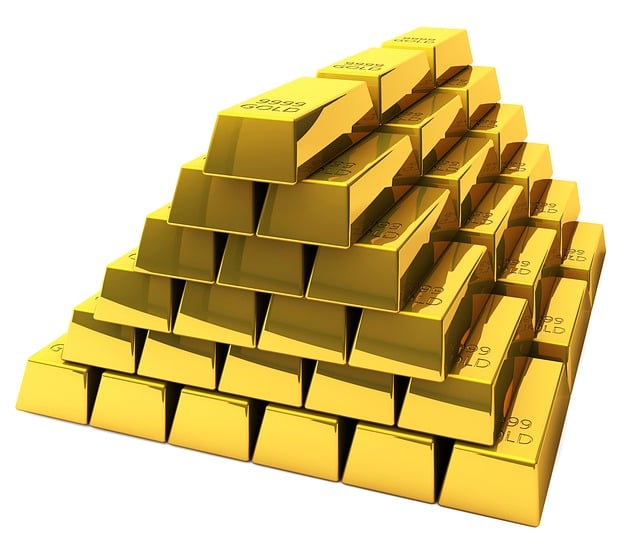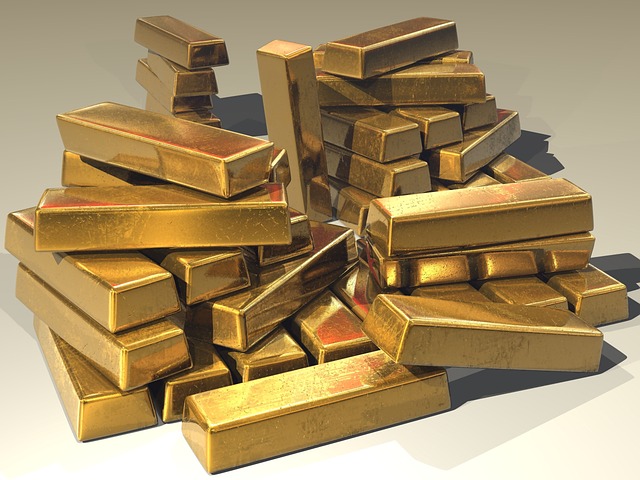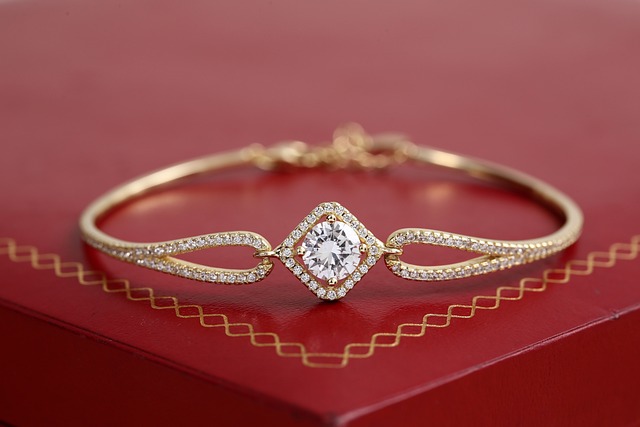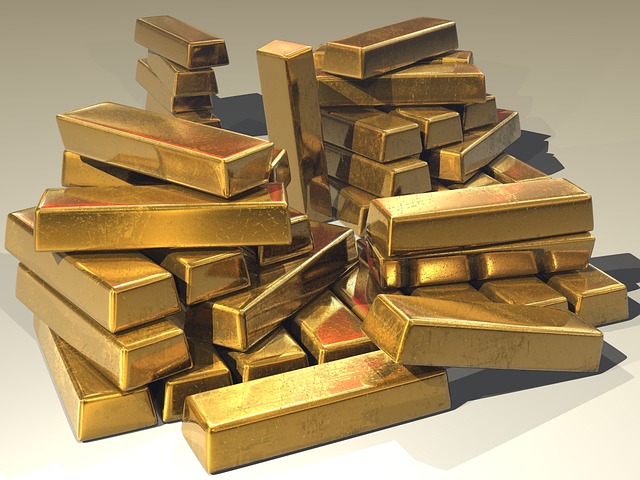
Legacy Precious Metals offer a traditional method for diversifying investment portfolios and protecting wealth against inflation and economic instability. This company specializes in a range of precious metal investments including coins, bars, ETFs, and mutual funds, each offering different liquidity and control benefits. These metals—gold, silver, platinum, and palladium—have consistently maintained their value over time and can serve as a buffer against market volatility and global political events. Investors should be familiar with the factors influencing supply and demand in these markets to effectively incorporate them into a wealth preservation strategy aimed at safeguarding assets across generations. Legacy Precious Metals emphasize authenticity and quality, making them particularly suitable for long-term wealth preservation and can include rare collectible items that may increase in value. Understanding market intricacies is crucial for investors to take advantage of these tangible assets as part of their legacy investment strategy, considering purity standards, storage solutions, and transaction costs. Precious metals have historically played a significant role in maintaining and preserving wealth, acting as both value repositories and protective assets against economic volatility. They remain key components of secure investment portfolios, symbolizing financial prudence and the enduring significance of these assets in safeguarding long-term wealth for future generations through Legacy Precious Metals.
Explore the enduring value of Legacy Precious Metals with our in-depth guide, designed to illuminate the strategic role these assets play in wealth preservation and diversification. From the historical significance of gold and silver to the modern considerations of investing through ETFs or mutual funds, this article delves into the multifaceted world of precious metals. We will navigate through the types of precious metals suitable for investment, the market dynamics influencing their values, and the nuances of purchasing and storing these assets. Additionally, we’ll explore the unique advantages of including Legacy Precious Metals in an IRA for tax-advantaged growth, and provide a comprehensive analysis of the risks, timings, and legal aspects associated with this investment class. Whether you are a seasoned investor or new to the field, this guide offers valuable insights and actionable tips to enhance your precious metals investment strategy with Legacy Precious Metals LLC.
- Understanding Legacy Precious Metals: An Overview
- The Historical Significance of Precious Metals in Wealth Preservation
- Types of Precious Metals for Investment: Gold, Silver, Platinum, and Palladium
- Evaluating the Role of Legacy Precious Metals in Diversification Strategies
Understanding Legacy Precious Metals: An Overview

Investing in Legacy Precious Metals presents a time-honored approach to diversifying one’s portfolio and securing assets against inflation and economic uncertainty. These metals, including gold, silver, platinum, and palladium, have historically maintained their value over the long term, serving as a hedge against market volatility and geopolitical risks. Understanding the various forms in which these precious metals can be invested—from coins and bars to exchange-traded funds (ETFs) and mutual funds—is crucial for investors considering Legacy Precious Metals as part of their investment strategy. Each form offers different advantages, liquidity, and levels of control over the physical assets. For those looking to add tangible assets to their portfolio, it’s important to research the purity standards, storage options, and transaction costs associated with these investments to make informed decisions that align with individual financial goals and risk tolerance.
Legacy Precious Metals operates within a niche of the investment market that caters to the discerning investor who values precision, authenticity, and quality. Their offerings are crafted for long-term wealth preservation and often feature rare and collectible items, which can potentially appreciate in value over time. The history of precious metals as a store of value is extensive, with many investors relying on these assets to safeguard their purchasing power across generations. By understanding the nuances of the market, including supply and demand dynamics, global economic trends, and the metal’s intrinsic properties, investors can strategically integrate Legacy Precious Metals into their broader investment framework for a balanced and resilient portfolio.
The Historical Significance of Precious Metals in Wealth Preservation

Throughout history, precious metals have held a significant place in wealth preservation and financial security, serving as both a store of value and a hedge against economic uncertainties. Gold, silver, platinum, and palladium have been integral to monetary systems and continue to be considered safe-haven assets. The use of precious metals dates back to ancient civilizations, where they were not only used in currency but also as symbols of power, status, and prosperity. For instance, the gold standard was a deflationary system that aimed to provide a stable currency by basing the value of paper currency on a quantity of gold held solely for this purpose by a central authority. This historical context underscores the enduring role of precious metals in legacy wealth strategies, as they have consistently proven their worth as assets capable of retaining value over time, regardless of fluctuations in the global economy or changes in political landscapes. Investing in legacy precious metals, therefore, is a testament to a long-standing tradition of financial prudence and a strategy that aligns with the objective of safeguarding one’s wealth for future generations.
Types of Precious Metals for Investment: Gold, Silver, Platinum, and Palladium

Investing in precious metals is a time-honored strategy that has been employed for centuries to safeguard wealth and hedge against inflation and economic uncertainties. Among the most sought-after metals for investment are gold, silver, platinum, and palladium. Gold, often revered as a safe haven asset, maintains its value well amidst market volatility and has consistently been a part of financial portfolios as a diversifier. Silver, the more industrially inclined of the noble metals, offers potential for higher returns due to its extensive applications in technology and healthcare. Platinum, known for its rarity, often outperforms gold in times of high inflation and economic instability. Lastly, palladium is primarily used in automotive catalytic converters and is the least abundant of the four, making it highly sensitive to market dynamics related to industrial demand. For those looking to incorporate these metals into their investment portfolio, Legacy Precious Metals provides a platform for acquiring coins, bars, and other forms of investment-grade precious metals. Their expertise in this field ensures that investors can make informed decisions, tailoring their precious metals investments to align with their financial goals and risk appetite. Whether an investor is looking to diversify their portfolio or seeking a tangible asset as a long-term store of value, Legacy Precious Metals offers a wide array of options to explore within the realm of these four critical precious metals.
Evaluating the Role of Legacy Precious Metals in Diversification Strategies

Legacy Precious Metals play a pivotal role in diversification strategies, offering investors a hedge against inflation and market volatility. As a tangible asset, metals like gold, silver, platinum, and palladium have historically maintained their value over time, serving as a counterbalance to paper assets which may be subject to economic fluctuations. Incorporating Legacy Precious Metals into one’s investment portfolio can potentially reduce overall risk by not correlating with the performance of stocks, bonds, or real estate. The diversification benefits are amplified when these metals are held in physical form through Legacy Precious Metals, as they are not directly tied to the financial markets and their associated risks. This physical ownership ensures that investors have direct control over an asset that has intrinsic value and can be liquidated if necessary. Moreover, understanding the historical demand drivers for precious metals, such as industrial use, jewelry fabrication, and investment purposes, can further inform an investor’s decision to include Legacy Precious Metals in their diversification strategy, thereby contributing to a well-balanced and resilient investment approach.
Investing in Legacy Precious Metals can be a prudent move for individuals looking to fortify their financial portfolio and safeguard against economic volatility. This guide has illuminated the historical importance of precious metals in wealth preservation, showcasing their enduring value over time. By exploring the various types of precious metals—gold, silver, platinum, and palladium—investors can make informed decisions tailored to their investment goals. The strategic role of these assets within diversification is underscored, emphasizing their potential to complement other investments in a well-balanced portfolio. As you consider your legacy and the security of your assets, integrating precious metals may offer a tangible benefit that aligns with both personal and financial objectives.







